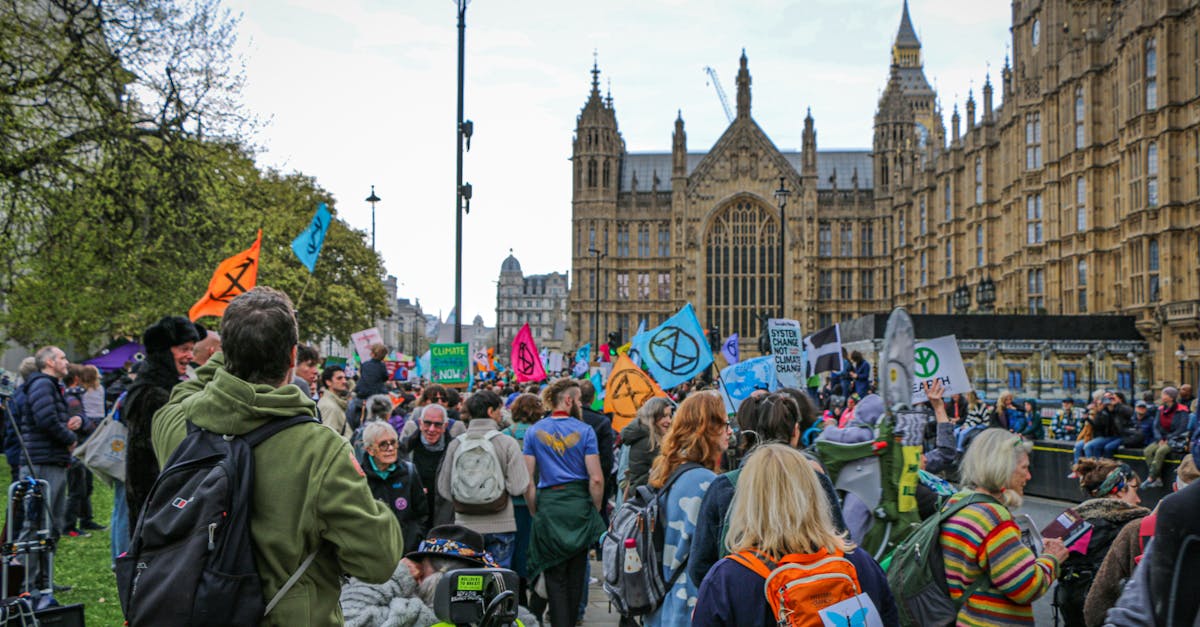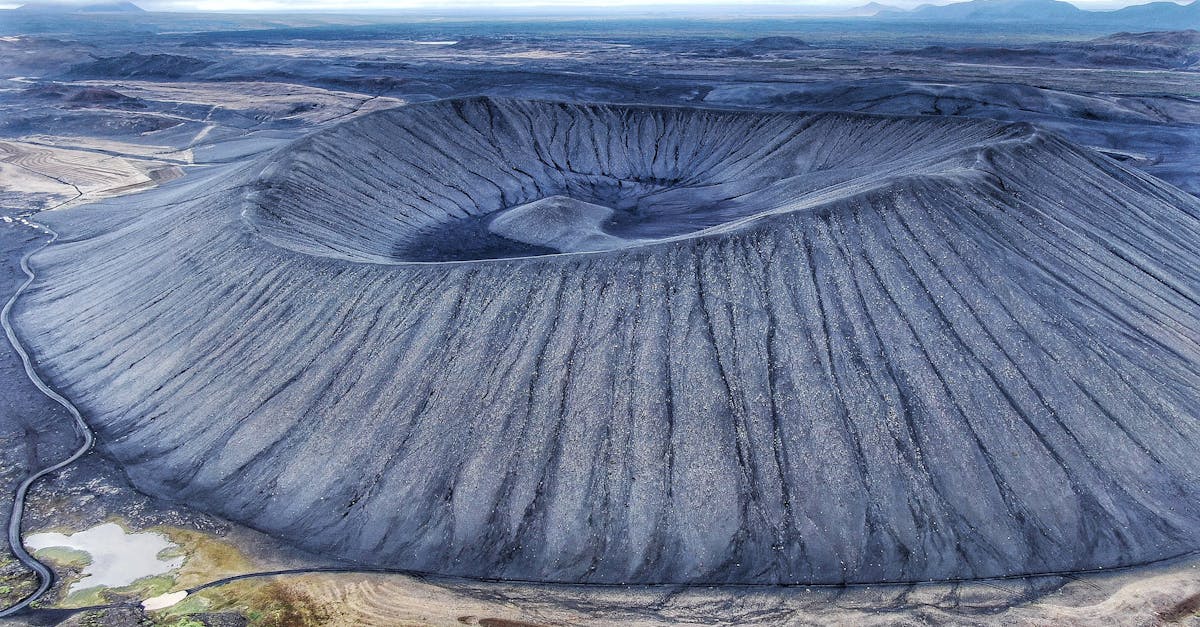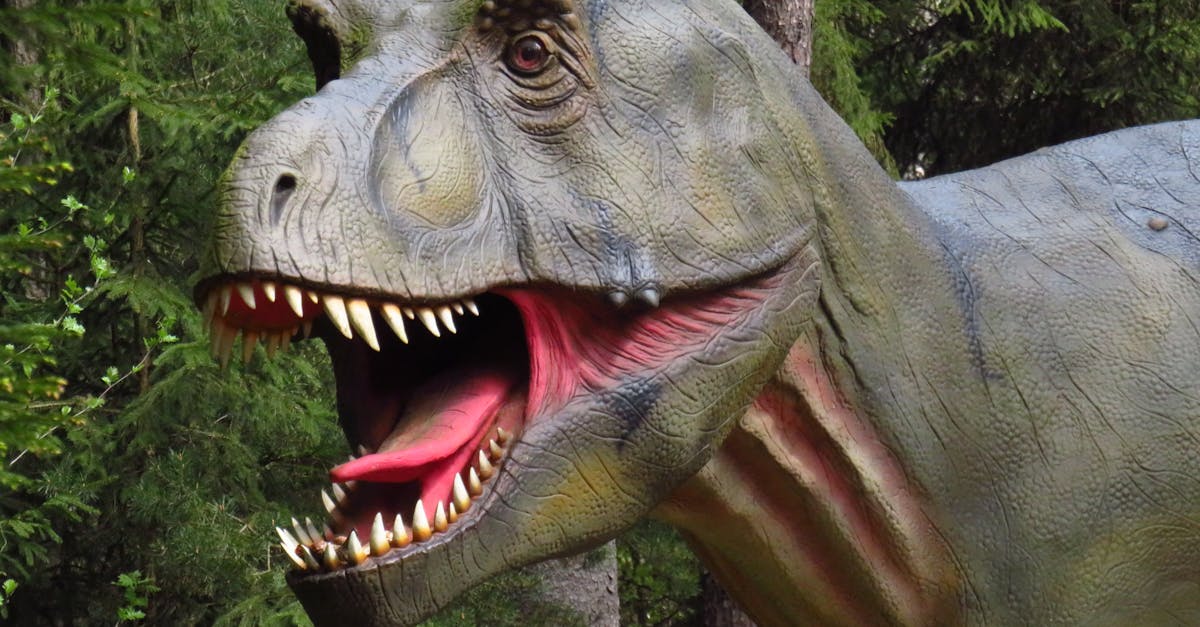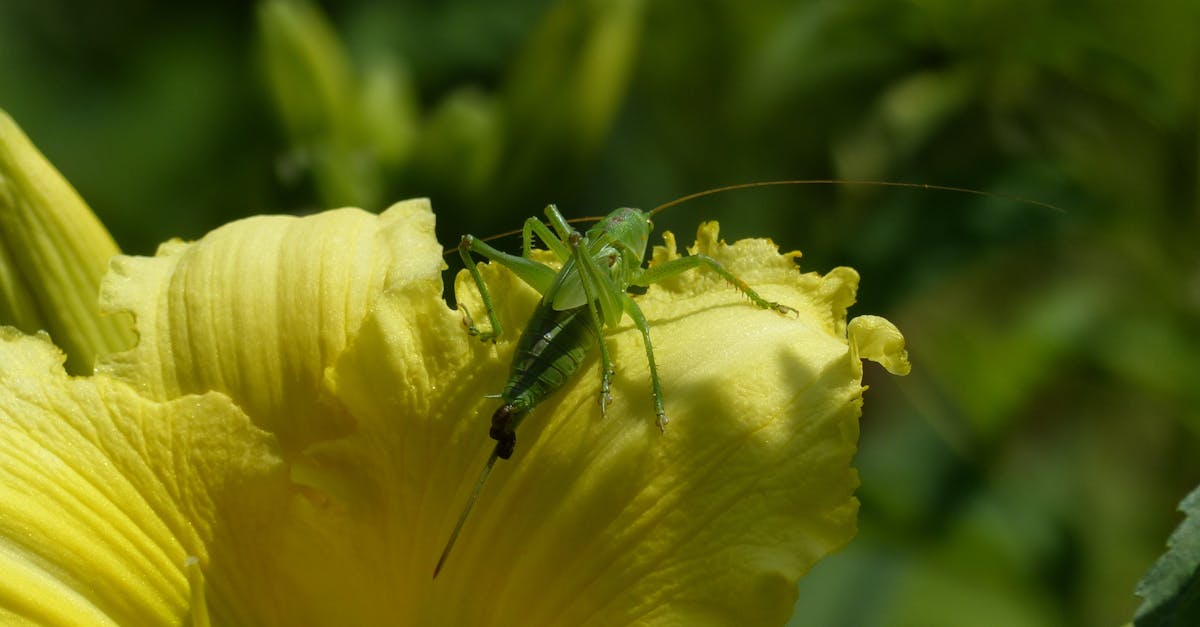Title: Is South America’s Wildlife Facing Extinction?
Introduction: Delve into the intricate beauty of South America’s wildlife and uncover the urgent threat of extinction looming over its diverse species. Join us on a journey to explore the rich flora and fauna of this colorful continent, as we unravel the challenges and potential solutions to safeguard its unique ecosystem.
The Threat to Biodiversity

When it comes to wildlife conservation and the protection of biodiversity, there are numerous challenges that threaten the survival of many species. Recent studies and reports highlight the urgent need for bold actions to address these pressing issues.
Agriculture and Overuse Greater Threats than Climate Change
Contrary to popular belief, a study has revealed that agriculture and overuse pose greater threats to wildlife than climate change. The extensive use of land for agricultural purposes, along with overexploitation of natural resources, is putting immense pressure on biodiversity worldwide.
Global Extinction Risk on the Rise for Migratory Species
A landmark UN report has sounded the alarm on the decline of the world’s migratory species of animals. The global extinction risk is increasing, indicating a critical situation for many wildlife populations that undertake long journeys across continents.
Urgent Need for Bold Conservation Funding Ideas
To address the severe threats to biodiversity, experts emphasize the need for innovative and bold conservation funding ideas. Without adequate financial support, conservation efforts may fall short in protecting wildlife populations facing various challenges.
Top Five Threats to UK’s Wildlife
A new report identifies the top five threats to the UK’s wildlife and proposes solutions to mitigate these risks. Understanding these challenges is crucial in developing effective strategies to safeguard biodiversity within the region.
Reversing Global Wildlife Declines by 2050
Experts suggest a roadmap to reverse global wildlife declines by 2050, setting ambitious targets to restore biodiversity and ensure the long-term survival of endangered species. This comprehensive plan aims to address key factors contributing to wildlife loss on a global scale.
Exploring New Global Biodiversity and Restoration Metrics
A significant initiative brings together STARs (Science, Technology, and Restoration) to develop new global biodiversity and restoration metrics. By standardizing measurement tools and methodologies, this collaboration aims to enhance conservation efforts and track progress effectively.
Endangered Animals Boosting Biodiversity
- 1. Endangered animals play a crucial role in boosting biodiversity.
- 2. The successful recovery of these species can have positive cascading effects on ecosystems.
- 3. Efforts to protect and restore their habitats are essential for maintaining biodiversity.
Sri Lanka’s Biodiversity Wealth and Threats
A comprehensive report highlights the remarkable biodiversity wealth of Sri Lanka while shedding light on the numerous threats facing its unique ecosystems. Understanding the delicate balance between conservation and development is crucial for preserving the country’s natural heritage.
Investing in Canada’s Biodiversity
The federal government’s allocation of $2 million for wildlife conservation in the Kootenay region of British Columbia signifies a step towards investing in Canada’s biodiversity. Supporting conservation projects across different regions is essential for protecting the nation’s rich wildlife diversity.
Brazil’s Efforts to Protect Endangered Species
Brazil has launched a pioneering project aimed at protecting endangered species within its borders. By focusing on preserving critical habitats and implementing robust conservation strategies, the country is taking significant steps towards safeguarding its biodiversity for future generations.
Human Impact on Endangered Species

As our world continues to grapple with the multitude of challenges posed by human activities, the wildlife conservation of endangered species remains a critical issue that demands immediate attention. Several factors contribute to the decline of wildlife populations, threatening the delicate balance of our ecosystems.
the impact of human-wildlife conflict
The increasing encounters between humans and wildlife often result in conflicts that endanger both parties. Human-wildlife conflict arises when competition for resources leads to negative interactions, such as crop damage, livestock predation, or even human injuries. Finding sustainable solutions to mitigate these conflicts is vital for the protection of endangered species.
– Explore ways to promote peaceful coexistence between humans and wildlife
– Develop systems for compensation and support to communities affected by human-wildlife conflict
the role of technology in wildlife conservation
In the modern age, technology plays a crucial role in wildlife conservation efforts. From satellite tracking devices to drones and artificial intelligence, innovative tech solutions are revolutionizing the way we monitor and protect endangered species. These advancements offer more efficient data collection, enhance conservation strategies, and provide valuable insights into wildlife behavior.
– Implement smart technologies to track and protect endangered species
– Leverage data analytics for informed decision-making in wildlife conservation
the ethical debate on bringing back extinct species
The question of whether we should bring back extinct species through advanced wildlife conservation techniques sparks a complex ethical debate. While the idea of reviving extinct animals may seem intriguing, it raises profound questions about the potential consequences and implications for existing ecosystems. Striking a balance between technological advancements and ethical considerations is crucial in ensuring sustainable and responsible conservation practices.
zoos: a controversial aspect of wildlife conservation
Despite their intention to educate and raise awareness about endangered species, zoos often face criticism for their treatment of animals and breeding practices. While some argue that zoos contribute to conservation efforts through captive breeding programs, others believe that these facilities do not prioritize animal welfare and preservation of natural habitats.
the urgent need for global action in wildlife conservation
As alarming statistics reveal a decline in wildlife populations, the call for wildlife conservation efforts on a global scale becomes more urgent than ever. By addressing the root causes of biodiversity loss and fostering sustainable practices, we can work together to protect endangered species and preserve the rich diversity of life on our planet.
In conclusion, the preservation of endangered species requires a collective commitment to wildlife conservation that encompasses ethical considerations, technological innovations, and sustainable solutions. It is only through concerted efforts and global collaboration that we can safeguard the future of our planet’s precious wildlife.
Conservation Efforts in South America

Protecting the Guina: South America’s Tiny Wild Cat
Conservationists in South America are working tirelessly to save the guina, one of the continent’s smallest wild cats. With habitat loss and poaching threatening their survival, dedicated efforts are being made to protect and preserve this elusive species.
A 30-Year Quest to Save South America’s Forests
One man’s decades-long commitment to preserving South America’s forests highlights the importance of long-term conservation efforts. Through reforestation, sustainable logging practices, and community engagement, significant progress has been made in safeguarding these vital ecosystems.
Cross-Border Collaboration for Caribbean Wildlife
The collaborative efforts of multiple countries in the region are essential for protecting Caribbean wildlife. By sharing resources and expertise, conservationists are able to address common challenges and implement effective strategies to safeguard the diverse flora and fauna of the region.
Conservation Success for Giant River Turtles
Conservation efforts for South America’s giant river turtles have yielded remarkable results, with the protection of over 147,000 female turtles. By implementing measures to combat poaching and habitat destruction, significant strides have been made in ensuring the survival of these ancient reptiles.
Pioneering Conservation for South America’s Tapirs
Loving the tapir has led to pioneering conservation initiatives for South America’s largest land mammal. Through habitat protection, research, and community involvement, conservationists are working to secure a future for these iconic and unique animals.
Challenges in Protecting Amazon River Ecosystems
While the Amazon river ecosystems face rapid degradation, they often remain neglected by conservation efforts. Increased awareness and targeted conservation measures are needed to address the threats posed by deforestation, pollution, and climate change in this critical region.
Deforestation Prevention Efforts in Guyana
Guyana is focusing its efforts on preventing deforestation through conservation and sustainable land management practices. By promoting responsible forestry and land use, the country aims to preserve its rich biodiversity and valuable ecosystems for future generations.
Global Research and Conservation Support from Denver Zoo
The Denver Zoo is playing a key role in supporting global research and conservation projects in South America. By sponsoring initiatives that aim to protect endangered species, conserve habitats, and promote environmental education, the zoo is contributing to the conservation efforts in the region.
The Role of Ecotourism in Wildlife Preservation

growing wildlife-based tourism sustainably: a new report and q&a
Ecotourism plays a crucial role in wildlife conservation, offering a sustainable approach to preserving natural habitats and supporting local communities. A recent report highlights the importance of growing wildlife-based tourism sustainably to ensure the long-term protection of endangered species and their ecosystems. Through responsible ecotourism practices, visitors can experience the beauty of wildlife while contributing to their preservation.
ethics of wildlife management and conservation: what should we try to protect?
When it comes to ecotourism and wildlife preservation, ethical considerations are vital. It is essential to prioritize the protection of species and their habitats while providing educational opportunities for visitors to learn about the importance of conservation efforts. By promoting responsible tourism practices, we can ensure that future generations will also have the chance to witness the wonders of wildlife.
destinations dependent on ecotourism are facing a silent crisis
Many destinations around the world rely on ecotourism as a major source of income. However, the current global situation has brought about a silent crisis, with wildlife tourism coming to a halt. This disruption poses a significant threat to the conservation efforts and the livelihoods of local communities dependent on wildlife-based tourism. Finding innovative solutions to support these destinations is crucial for the continued protection of endangered species.
wildlife protection to boost ecotourism, job creation
Investing in wildlife protection not only benefits the environment but also has the potential to boost ecotourism and create new job opportunities. By preserving natural habitats and wildlife, countries can attract visitors interested in sustainable travel experiences. These efforts not only contribute to conservation but also generate income for local communities, fostering economic growth and environmental preservation simultaneously.
In conclusion, the integration of ecotourism into wildlife conservation initiatives is essential for the long-term protection of endangered species and their habitats. By promoting responsible tourism practices, prioritizing ethical considerations, and supporting destinations reliant on wildlife-based tourism, we can work towards a sustainable future where humans and wildlife coexist harmoniously.
